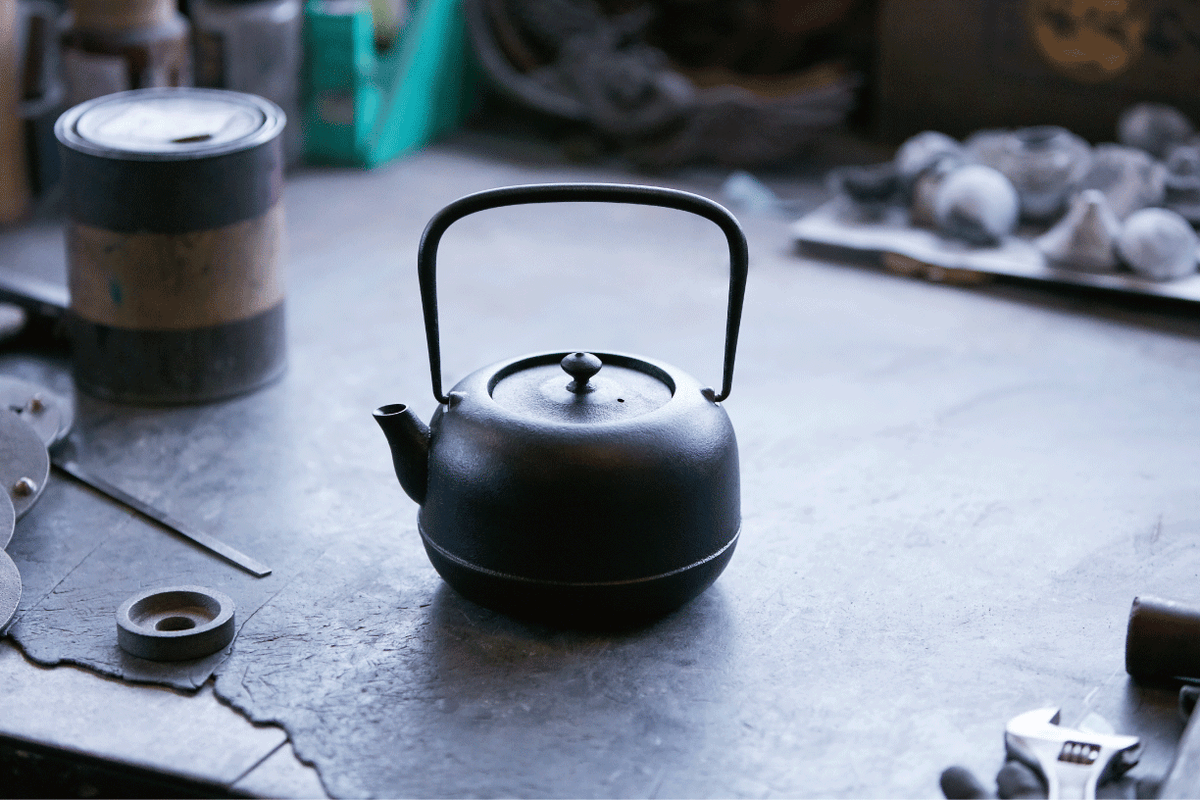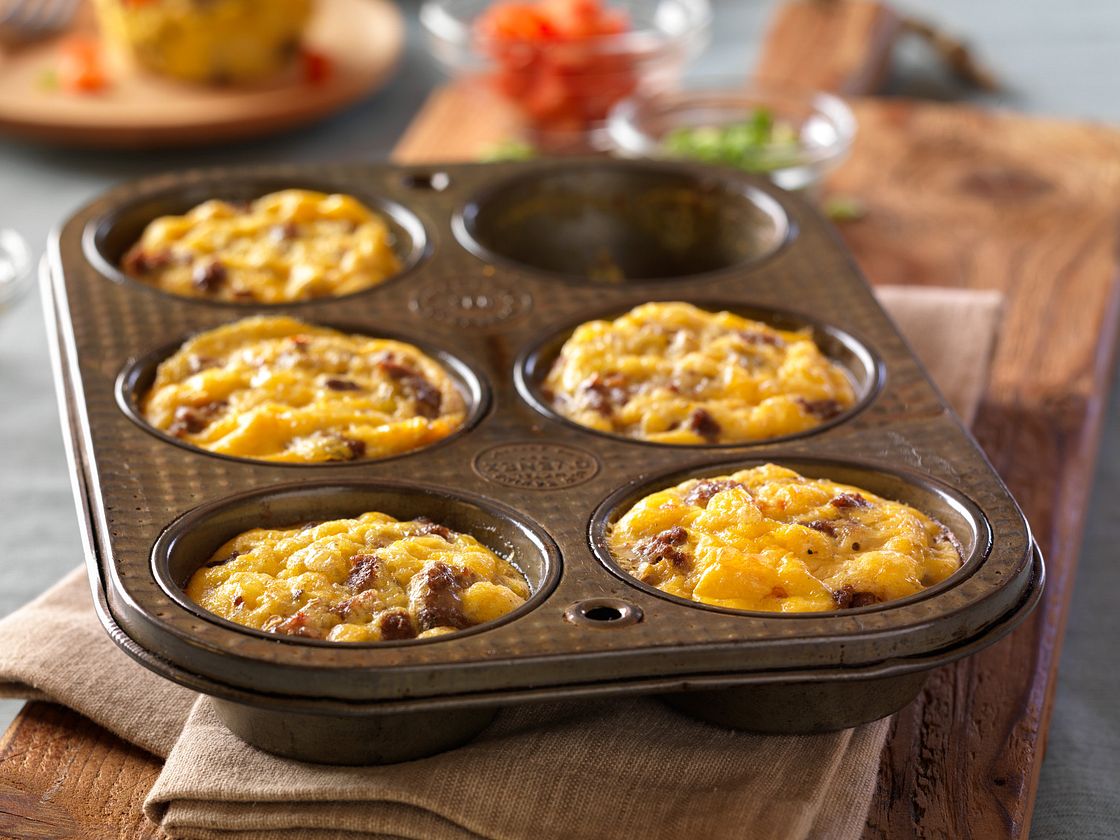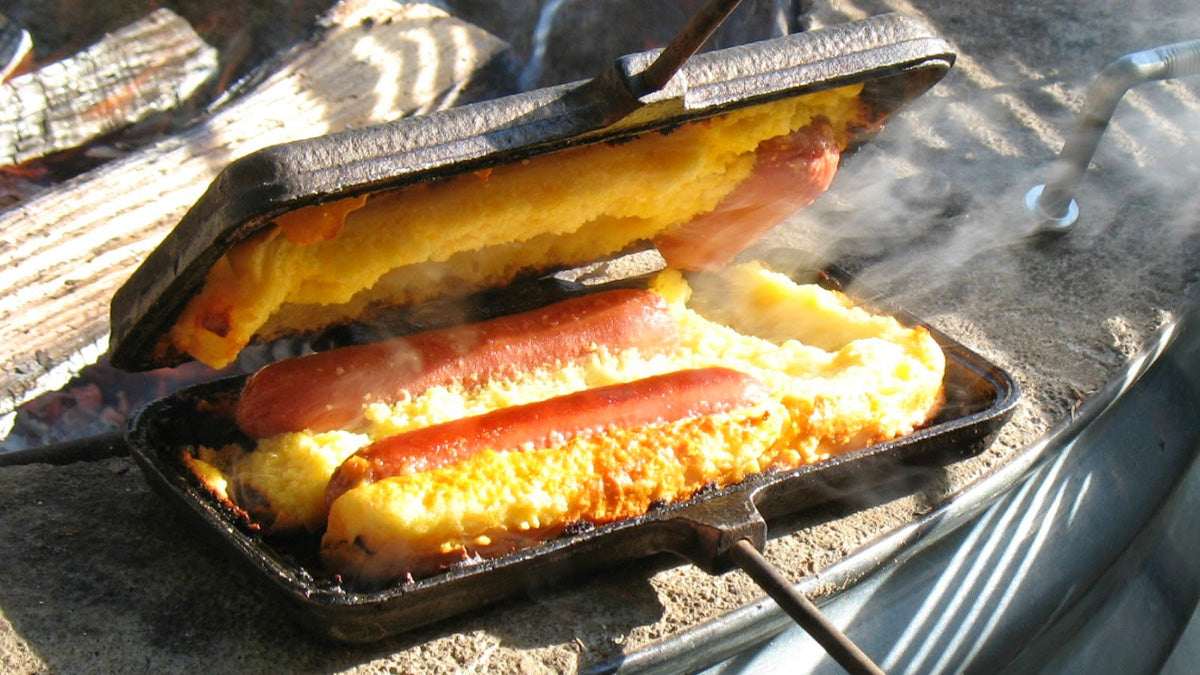For culinary enthusiasts aiming to enrich their kitchen endeavors, the age-old tradition of using a tagine presents a unique opportunity to explore complex flavors and textures. This classic Moroccan cookware, identifiable by its distinctive conical lid and broad base, is specially crafted for slow-cooking ingredients, effectively sealing in moisture and amplifying taste. If you're eager to perfect the art of slow-cooked meals, here are essential tips for mastering slow-cooked meals in a tagine that will elevate your cooking experience.

Understanding the Tagine: An Introductory Overview
Before diving into the tips for mastering slow-cooked meals in a tagine, its important to appreciate the distinct features of this remarkable cookware. A tagine isn't simply a cooking pot; it's a transformative vessel that revolutionizes your culinary process. Its unique design promotes steam circulation, creating a self-basting environment that saturates ingredients with rich and aromatic flavors. Whether you're preparing meats, poultry, or vegetables, the tagine guarantees a succulent, tender delight.
Selecting Quality Ingredients for Your Tagine
The secret to any outstanding dish lies in the quality of its ingredients. When crafting meals in a tagine, its crucial to choose fresh, high-grade components. Look for cuts of meat that thrive on slow cooking, such as lamb shoulder or chicken thighs. These selections become incredibly tender when simmered over low heat for extended durations. Additionally, dont hesitate to explore a variety of vegetables, legumes, and dried fruits to infuse your dish with depth and complexity.
Perfecting Your Technique: Layering and Seasoning
The technique of layering is vital when utilizing a tagine. Start by creating a base with onions or other aromatics at the bottom of the pot. This layer prevents sticking and adds flavor to the dish. Follow with your selected protein, then layer vegetables and other flavor boosters like herbs and spices. Remember, the right seasoning is key. The gentle heat of the tagine allows spices to awaken and harmonize with the ingredients, crafting a melodic blend of flavors.
Cooking Time and Temperature: Striking the Right Balance
One of the crucial secrets to achieving culinary perfection in a tagine is finding the ideal balance between cooking time and temperature. The motto here is slow and steady. Set your stove to a low setting to allow flavors to develop gradually. The conical lid of the tagine captures steam, which condenses and returns to the dish, preserving moisture and tenderness. Patience is essential; the longer the dish cooks, the deeper the flavor.
Boosting Flavors with Aromatics and Spices
No tagine is complete without an array of aromatic spices. Signature Moroccan spices such as cumin, coriander, cinnamon, and saffron are fundamental ingredients that elevate your dish. Dont hesitate to play around with different spice mixes to develop your unique flavor profile. Fresh herbs like cilantro and parsley can be introduced towards the end of cooking for a burst of freshness in the dish.
Serving Suggestions: Perfect Pairings for Your Tagine
Your slow-cooked creation deserves to be complemented with suitable side dishes. Consider serving your tagine alongside fluffy couscous, rustic bread, or a vibrant salad. These sides enhance the overall dining experience while bringing a balance of flavors and textures. For further serving ideas, check out various tagine recipes that offer innovative suggestions.

FAQs for Perfect Slow-Cooked Meals in a Tagine
Which type of tagine is best?
When selecting a tagine, choose a clay or ceramic version, as these materials provide even heat distribution and retain moisture effectively. Ensure it is compatible with your stovetop or consider using a heat diffuser to avoid cracking.
Is it safe to use a tagine in the oven?
Absolutely, tagines are quite versatile and can be used in the oven. However, be cautious about temperature fluctuations and avoid placing a cold tagine directly into a hot oven to prevent thermal shock.
How do I clean and care for my tagine?
To maintain your tagine, hand wash it using mild soap with warm water. Steer clear of harsh abrasives and dishwashers, as they can damage the surface. Make sure it is entirely dry before storing it.
For additional insights on traditional cooking methods and techniques, explore this article on traditional Danish cookware and its cultural relevance. You might also find our guide on baking stone tips helpful for enhancing your kitchen skills.
This article contains affiliate links. We may earn a commission at no extra cost to you.






Leave a comment
This site is protected by hCaptcha and the hCaptcha Privacy Policy and Terms of Service apply.